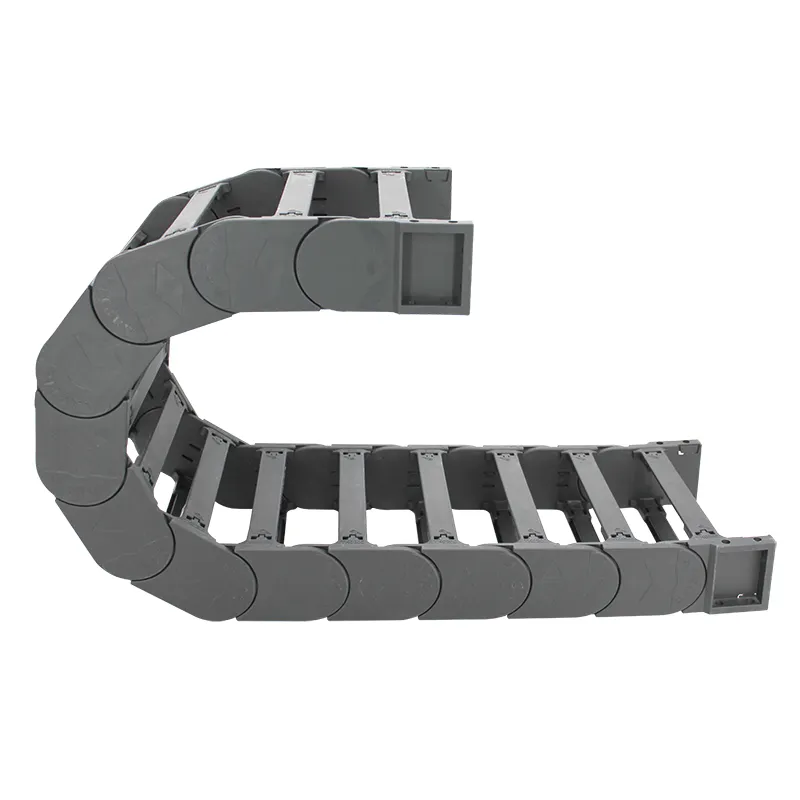synchronous belt pulley
Understanding Synchronous Belt Pulleys An Overview
Synchronous belt pulleys are crucial components in various mechanical systems, providing efficient power transmission from one component to another. They are commonly used in applications such as automotive engines, industrial machinery, and conveyor systems, where precise movement and timing are essential. This article will explore the principles behind synchronous belt pulleys, their benefits, applications, and considerations for selection and maintenance.
What is a Synchronous Belt Pulley?
A synchronous belt pulley is part of a belt drive system that uses a toothed belt to transfer motion and power between two or more shafts. Unlike traditional v-belts that rely on friction to transmit power, synchronous belts engage with matching pulleys via teeth that interlock. This design eliminates slippage, ensuring that the movement of the driven pulley is synchronized with the drive pulley, hence the name synchronous.
The primary components of a synchronous belt system include the belt itself, which is typically made from rubber reinforced with fiberglass or steel, and the pulleys that feature precisely machined teeth to match those of the belt. The teeth aid in maintaining tension and alignment, reducing wear and tear compared to other types of belt drives.
Benefits of Synchronous Belt Pulleys
Synchronous belt pulleys offer several advantages over other drive systems
1. Precision and Accuracy The interlocking tooth design allows for precise timing and positioning, making synchronous belts ideal for applications requiring exact movements.
2. Minimal Slippage Because of their design, these systems experience little to no slippage, which means the speed ratio between the pulleys remains constant.
3. Reduced Noise and Vibration Synchronous belts run more quietly than traditional v-belts, leading to less noise pollution in industrial settings and smoother operation.
4. Longer Lifespan Due to their construction and lack of slippage, synchronous belts often have a longer operational life than standard belts, resulting in reduced maintenance and replacement costs.
5. Higher Efficiency These systems generally have a higher efficiency of power transmission, making them energy-saving options for many applications.
Applications of Synchronous Belt Pulleys
Synchronous belt pulleys are versatile components used in various applications
synchronous belt pulley

- Automotive Engines In cars, synchronous belts are often used to connect the crankshaft to the camshaft, ensuring that the engine's valves open and close in perfect timing with the movement of the pistons.
- Industrial Machinery Many manufacturing processes rely on synchronous belts for machine components that require precise coordinated movements, such as robotics, conveyors, and CNC machines.
- HVAC Systems Synchronous belts are employed in heating, ventilation, and air conditioning systems to maintain the correct speed of fans and compressors, ensuring efficient operation.
- Printing and Packaging In printing presses and packaging machinery, these belts help synchronize the movement of various elements, ensuring accurate and timely processes.
Selecting and Maintaining Synchronous Belt Pulleys
When selecting synchronous belt pulleys for a specific application, several factors should be taken into account
1. Belt Width and Pitch The width and tooth pitch of the belt must match the design specifications of the pulleys to ensure proper engagement.
2. Load Capacity Consider the power transmission requirements and ensure the selected pulleys and belts can handle the expected loads.
3. Material Selection The materials used for the belt and pulleys must be suitable for the operating environment, considering factors such as temperature, moisture, and exposure to chemicals.
4. Tensioning Mechanism Proper tensioning is crucial for optimal performance. It is important to use an appropriate tensioning mechanism to maintain the necessary belt tension.
5. Regular Maintenance Regular inspections and maintenance can help prolong the lifespan of synchronous belt systems. Checking for wear, ensuring correct tension, and replacing components as needed are essential for reliable operation.
Conclusion
Synchronous belt pulleys are essential components in various mechanical systems, providing reliable power transmission and precise control. Their unique design and manufacturing process contribute to their popularity in numerous applications across industries. By understanding their benefits, applications, and maintenance needs, engineers and technicians can make informed decisions when implementing synchronous belt systems in their operations, leading to improved efficiency and performance.








